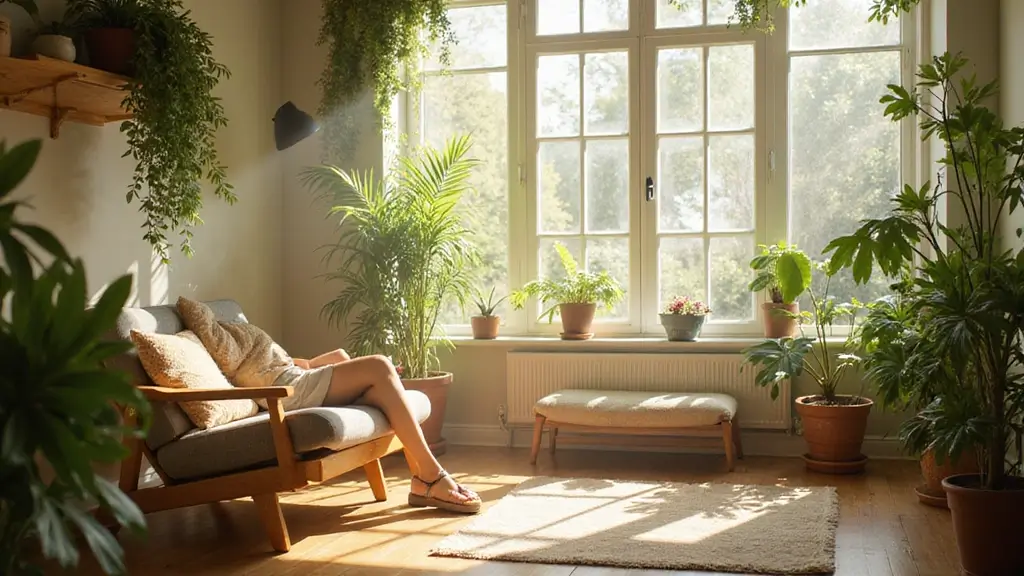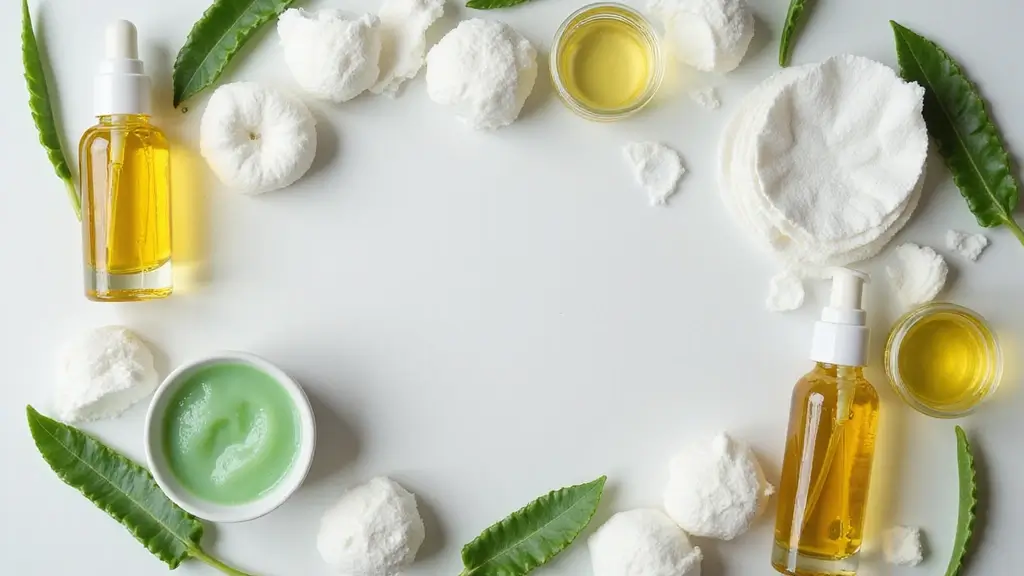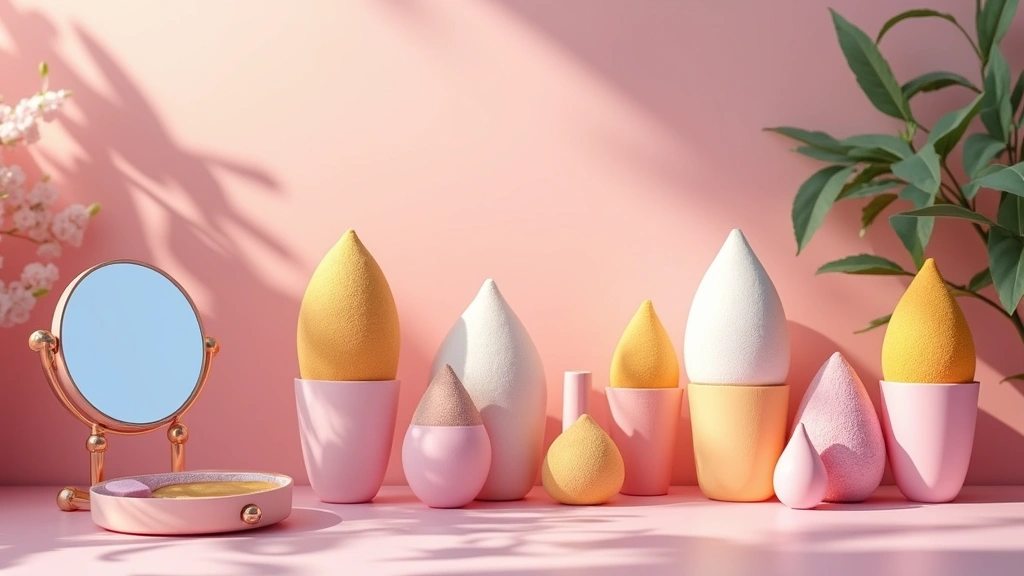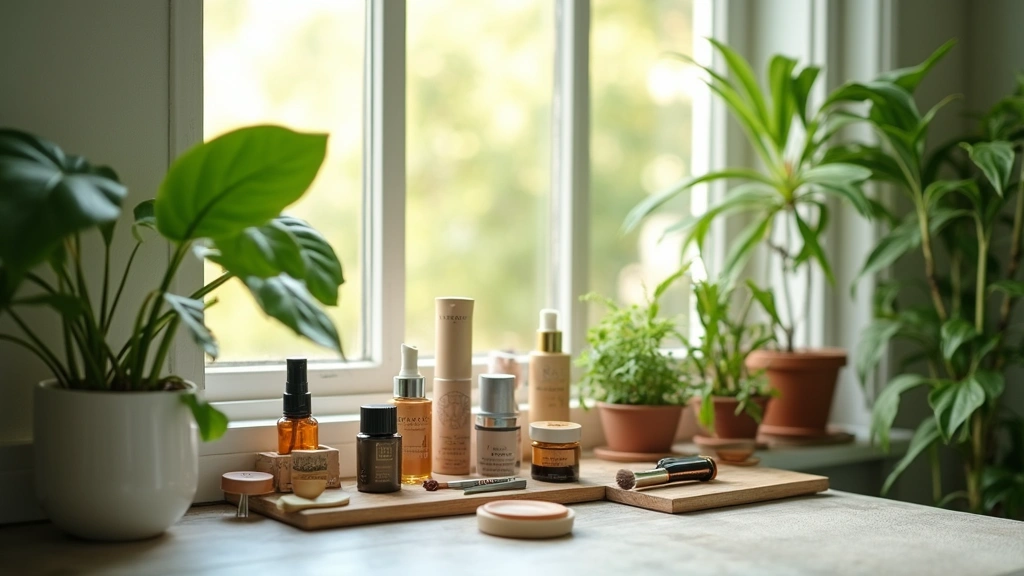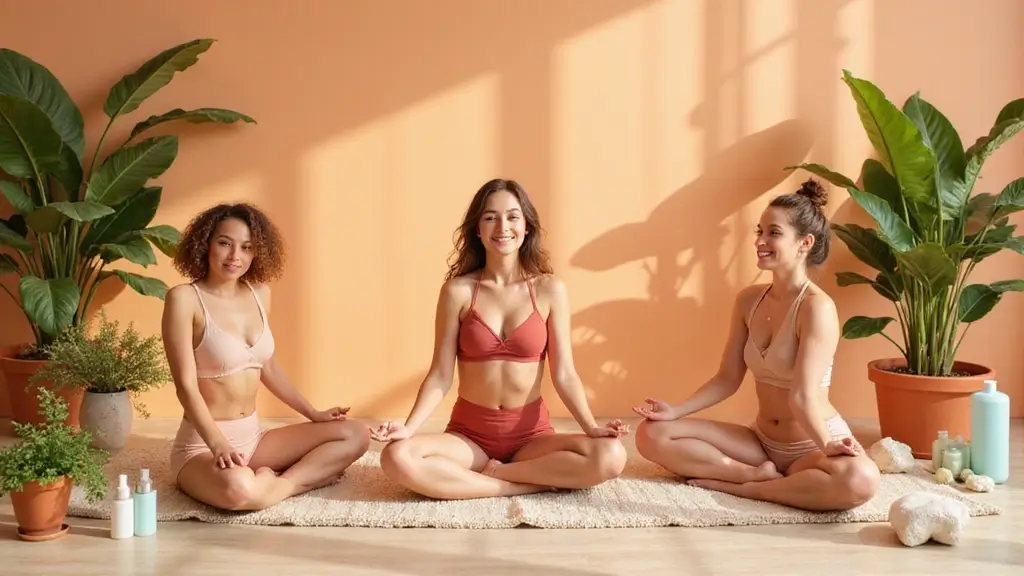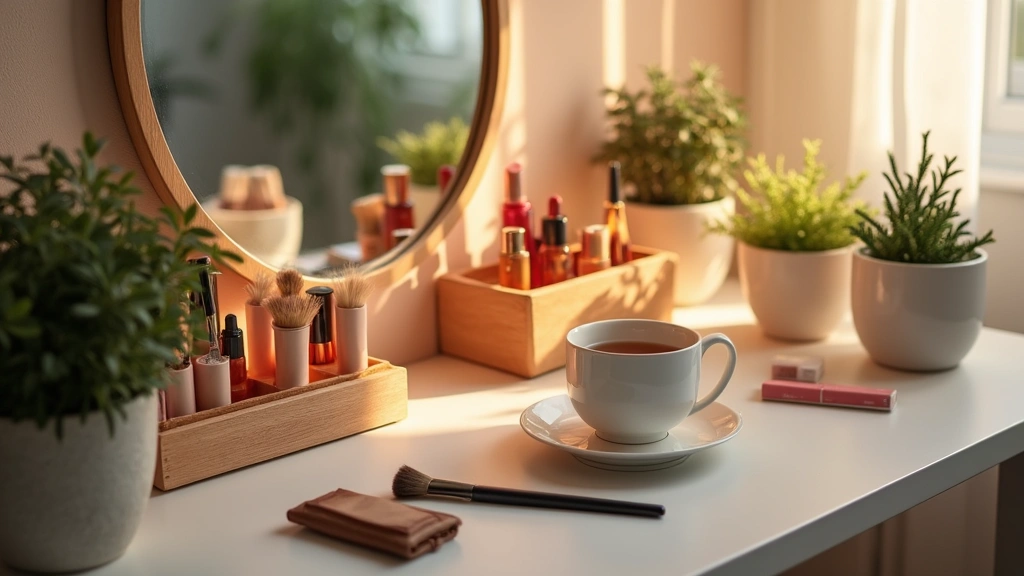Ever spent a sunny day indoors, basking in the warm light streaming through the glass, and wondered if you might be getting a tan? The truth about indoor sunlight and skin exposure isn’t as straightforward as you might think.
Many people are drawn to bright, sunlit spaces, believing that a bit of sun through the window can provide them with that golden glow. However, not all sunlight is created equal, especially when it comes to tanning. Let’s peel back the layers on this topic and uncover the reality of tanning indoors and how window glass plays a role in UV exposure.
In this guide, we’ll explore the nuances of sun exposure while indoors, and provide you with essential skincare tips for maintaining healthy skin whether you’re soaking up the rays on the patio or dreaming of a sun-kissed look through your glass window.
Understanding UV Rays: The Key to Indoor Tanning
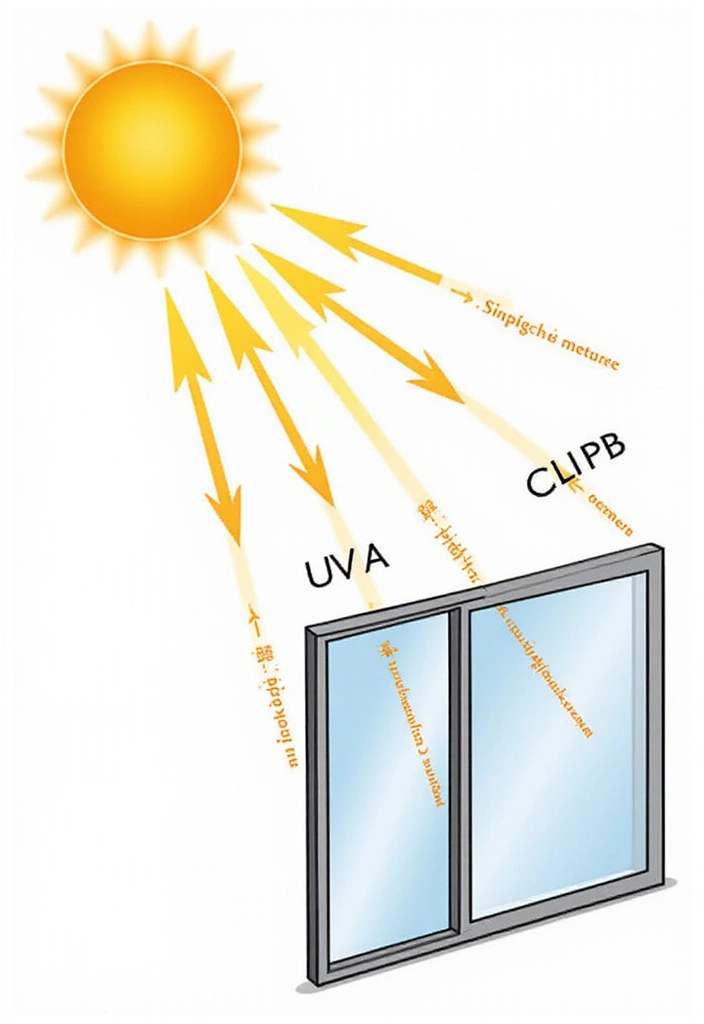
Not all UV rays are the same. The sun emits different types of UV rays, the two most notable being UVA and UVB. UVA rays penetrate deeper into the skin, promoting aging and can even contribute to skin cancer. On the other hand, UVB rays are responsible for causing sunburn and stimulating melanin production, leading to tanning.
When you’re indoors, window glass acts as a barrier, filtering out a significant portion of UVB rays, but allowing some UVA rays to pass through. This means that while you might not get a full-fledged tan, you could still experience some skin changes over time.
For those who enjoy the comfort of indoor settings, it’s crucial to understand what kind of UV exposure you’re getting. Sitting by the window can lead to skin damage over time because UVA rays penetrate glass. To protect your skin, consider using UV Clear Face Sunscreen SPF 46, which offers broad-spectrum protection, including UVA rays. This dermatologist-recommended sunscreen helps shield your skin from potential damage even when you’re indoors in sunlit rooms.
Additionally, if you’re looking to minimize UV exposure in your home, installing UV window film can be a practical solution. This film effectively blocks harmful UV rays while still allowing natural light to illuminate your space.
For your skincare routine, consider using La Roche-Posay Toleriane Double Repair Face Moisturizer, which provides hydration and includes SPF for added sun protection. This moisturizer not only keeps your skin comfortable and hydrated but also offers an extra layer of safeguard against UV exposure.
Knowing how UV rays work can help you make informed choices about your skin health, ensuring you take the necessary steps to protect yourself even when indoors.
Can You Tan Indoors: The Role of Window Glass
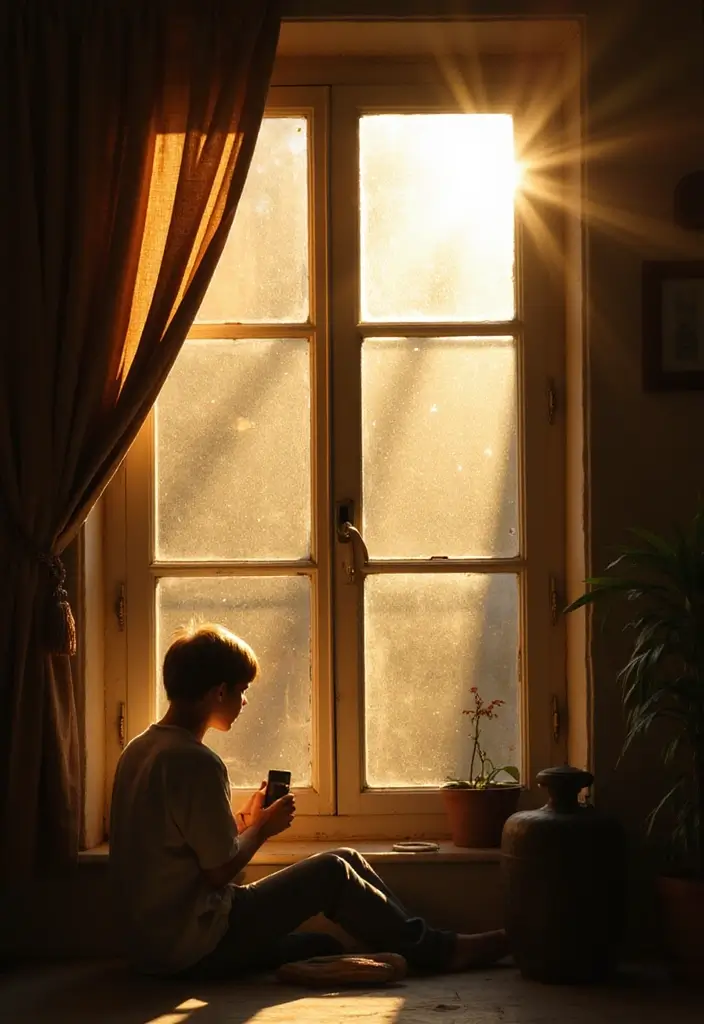
Window glass is a fascinating element when considering indoor tanning. While most standard window glass blocks out UVB rays, it allows some UVA rays to penetrate. This means that, yes, you can get some degree of tanning through a window, but it’s minimal and not as effective as direct sunlight.
Many people assume that sitting by a sunny window can give them the same results as sunbathing outside, but that’s a misconception. Here’s what you should keep in mind:
– **Limited tanning:** You might develop a subtle shade, but it won’t be comparable to outdoor tanning.
– **Skin protection is still essential:** Since UVA rays can lead to premature skin aging, using a quality sunscreen is crucial. Consider applying UV Clear face sunscreen SPF 46, which is oil-free and dermatologist recommended. This broad-spectrum sunscreen will help protect your skin while you enjoy the sunlight filtering through your window.
– **Mix it up:** If you enjoy being indoors, consider taking short breaks outside to soak up fuller UVB rays safely. If you want to enhance your indoor environment further, think about installing Coavas one way privacy window film. This UV protection window film helps block additional harmful rays while still allowing light into your space.
Understanding the limitations of window glass can help manage expectations and keep your skin safe while you enjoy the little sunlight that comes your way.
The Risks of Indoor Tanning: Skin Health Matters
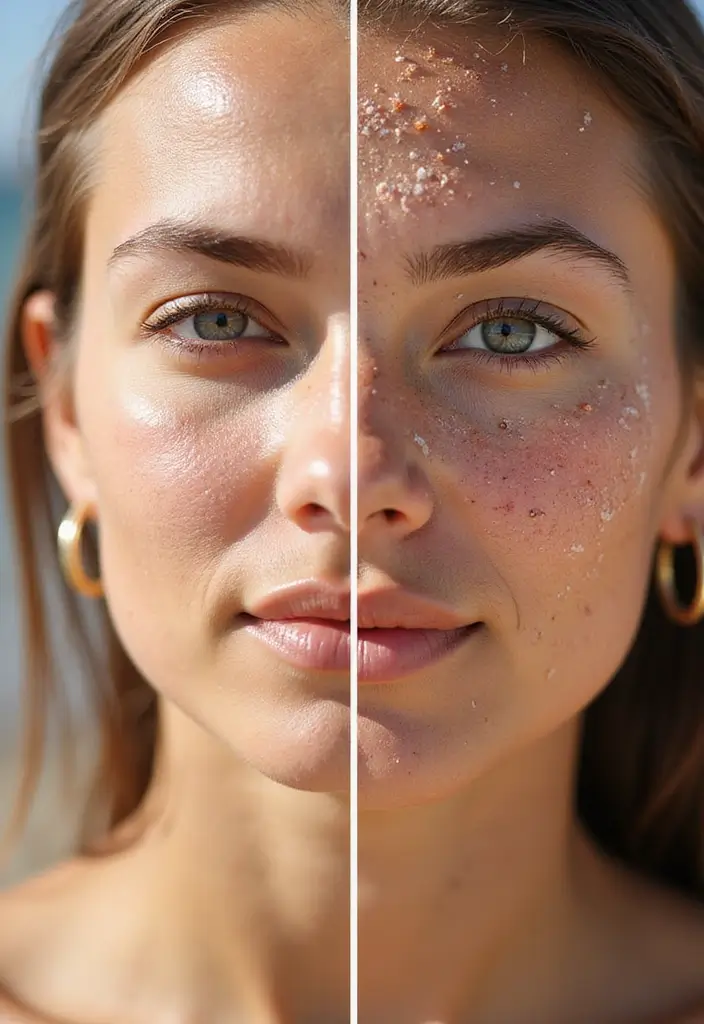
Indoor tanning is often seen as a safer alternative to outdoor tanning, but it still poses risks. Many individuals believe they can achieve a golden look while maintaining skin health, but truthfully, that’s a balancing act.
Skin health should be the top priority, and understanding the risks of prolonged indoor sun exposure is vital. It’s not just about tanning. Here’s what to consider:
– Skin damage can occur from UVA rays, even through glass, leading to wrinkles and increased cancer risk. To protect your skin from these harmful rays, applying a broad-spectrum sunscreen like EltaMD UV Clear Face Sunscreen SPF 46 is essential. Its oil-free formula with zinc oxide helps shield your skin from both UVA and UVB rays.
– Sunscreen is a must, regardless of your location. Even when you think you’re safe indoors, the sun’s rays can still penetrate. Make sure to reapply periodically for effective protection.
– Hydration is key; keeping your skin moisturized helps combat the drying effects of sun exposure. A great option is Burt’s Bees Boosted Body Lotion, which contains ceramide, niacinamide, and peptides to boost your skin barrier and maintain moisture throughout the day.
Additionally, a hydrating facial mist like La Roche-Posay Thermal Spring Water can provide a refreshing boost of hydration whenever your skin feels dry. This facial spray is rich in antioxidants, helping to soothe your skin while giving it a moisture lift.
Making informed choices about indoor sun exposure can help maintain your skin’s health while still feeling fabulous. Remember, even indoor sunlight can harm your skin! Tanning safely starts with understanding the risks.
The Science Behind Tanning: Why Melanin Matters
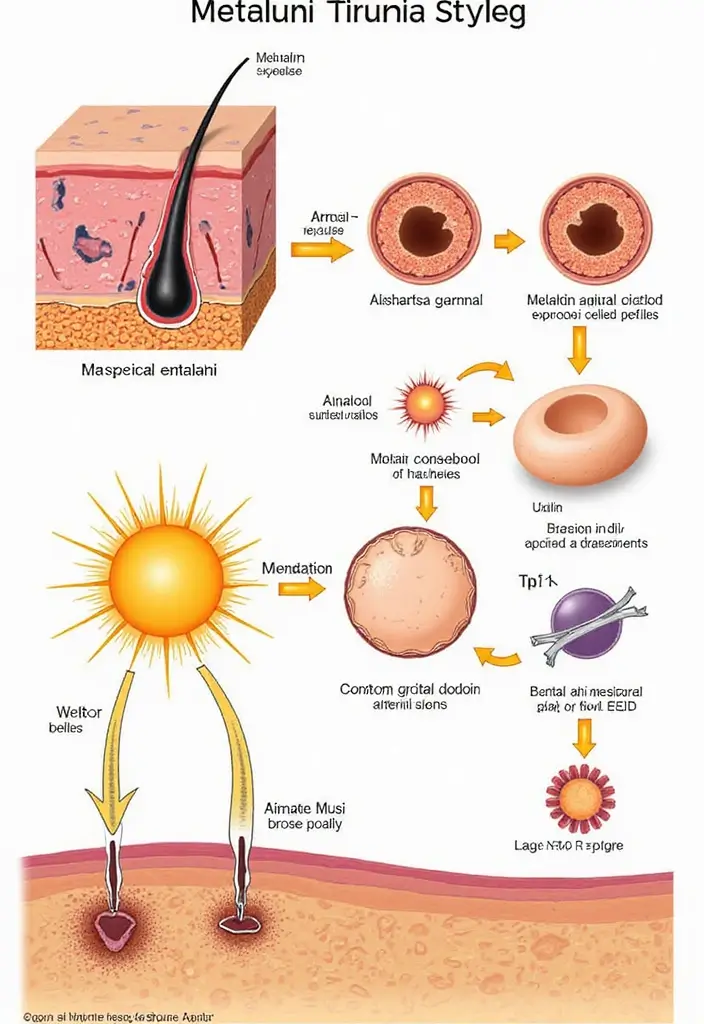
Melanin is the body’s natural defense against UV radiation. When your skin is exposed to UV rays, it produces melanin, the pigment that gives skin its color, in an effort to protect itself. This process leads to tanning, which is essentially the skin’s way of coping with sun damage.
In indoor settings, while the production of melanin can still occur, the limited UV exposure means it’s less effective. Here’s what you should know about melanin and its role in tanning:
– Darker skin tones produce more melanin and can better protect against UV rays, meaning different individuals tan at different rates.
– Tanning isn’t permanent; melanin fades over time, especially without continued sun exposure.
– Tanning beds and lamps, while often thought of as alternatives, can pose severe risks to skin health.
Understanding melanin can empower individuals to make choices that align with their skin needs. For those looking to maintain a sun-kissed glow without the risks of UV exposure, a great option is Beauty by Earth Self Tanner. This moisturizing self-tanning lotion, made with natural and organic ingredients, provides a streak-free tan and hydrates the skin with aloe vera and coconut.
After sun exposure, it’s essential to care for your skin. Consider using Eucerin Advanced Hydration After Sun Lotion, enriched with antioxidants, to nourish and hydrate sun-stressed skin, helping it recover after any exposure.
Lastly, if you plan to be indoors but still want to protect your skin, applying a broad spectrum sunscreen like UV Clear Face Sunscreen SPF 46 is crucial. This dermatologist-recommended sunscreen offers oil-free protection with zinc oxide, guarding your skin against potential UV rays while keeping it healthy.
By understanding the science behind melanin and utilizing effective products, you can make informed choices that keep your skin looking its best while enjoying the sunshine wisely.
Melanin is your skin’s superhero against UV rays! While you can still produce it indoors, don’t count on tanning through a window. Protect your skin and enjoy the sunshine wisely!
DIY Skincare Tips for Healthy Indoor Glow
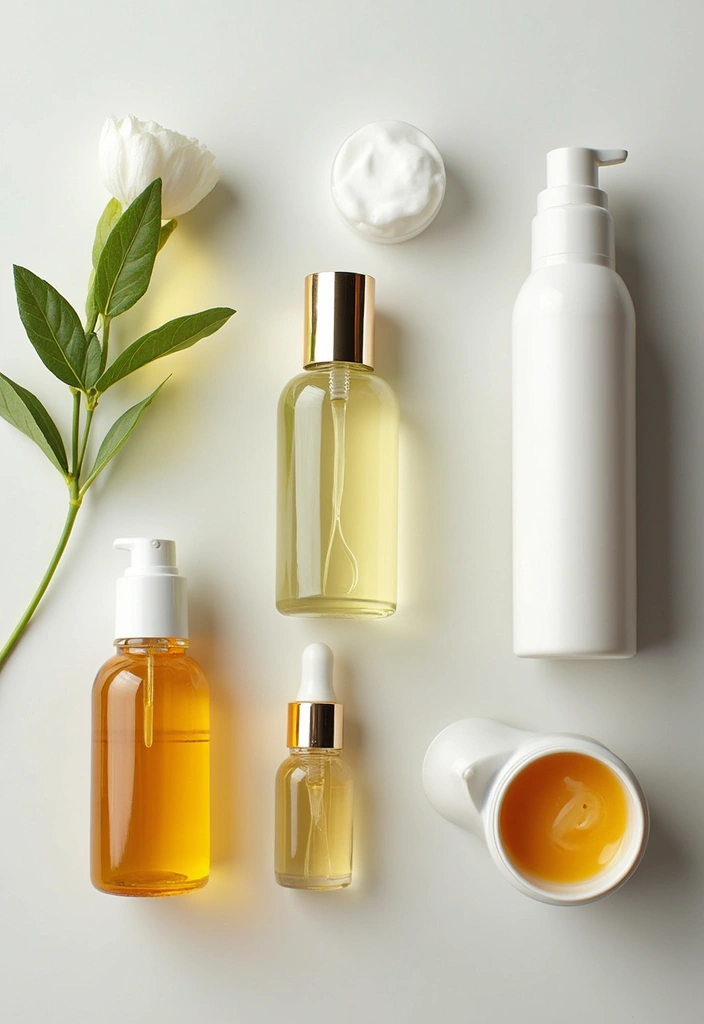
If you’re keen on maintaining a healthy glow while enjoying the comforts of indoor sunlight, a solid skincare routine becomes crucial. Here are some DIY skincare tips to help you enhance your indoor glow:
– **Hydrate**: Drinking plenty of water keeps your skin hydrated from within. For an added boost, consider using a hydrating facial mist like La Roche-Posay Thermal Spring Water, Face Mist. This facial spray hydrates and soothes the skin, making it a great addition to your routine.
– **Moisturize Daily**: Use a good moisturizer that suits your skin type to lock in moisture. A fantastic option is the Vanicream Daily Facial Moisturizer, formulated with ceramides and hyaluronic acid. This non-comedogenic moisturizer is perfect for sensitive skin and helps maintain hydration throughout the day.
– **Natural Oils**: Incorporate oils like coconut or almond oil in your routine for added nourishment. You can try Handcraft Blends Fractionated Coconut Oil, which is 100% pure and ideal for skin, hair, and body care. It’s a versatile option to keep your skin nourished and glowing.
– **Exfoliate**: Regular exfoliation helps remove dead skin cells, promoting a fresh appearance. Consider using gentle exfoliants that suit your skin type to avoid irritation.
– **Sunscreen**: Even if you’re indoors, don’t skip sunscreen! Choose a lightweight formula that won’t clog your pores to protect your skin from harmful UV rays.
Following a diligent skincare routine can ensure your skin remains healthy and radiant, even if you’re not getting direct sunlight.
Unlock your indoor glow! Hydration, daily moisturization, and natural oils are your best friends for radiant skin while enjoying indoor sunlight. Remember, a little DIY love goes a long way!
The Benefits of Natural Light for Your Mood

Natural light has profound effects on mood and well-being. Studies have shown that simply being in a room filled with sunlight can boost your mood and enhance productivity. While you may not be tanning through the window, you can certainly soak up the mental health benefits of natural light.
Here are some advantages of indoor sunlight:
– Mood booster: Sunlight increases the production of serotonin, helping to improve mood and focus. To mimic the effects of natural sunlight, consider using a full spectrum light therapy lamp. This lamp offers 10,000 lux brightness with adjustable color temperatures, making it perfect for your home or office.
– Circadian rhythm: Exposure to natural light helps regulate sleep patterns, leading to better rest and health. If you’re looking to bolster your vitamin D levels despite limited sunlight exposure indoors, taking vitamin D3 supplements can be beneficial. These softgels support bone, teeth, muscle, and immune health, helping you feel your best.
– Air quality: Indoor plants not only enhance the aesthetic of your space but can also purify the air. Adding some greenery with indoor plants for natural light can create a more inviting environment, further improving your mood.
Make your indoor space more inviting by maximizing exposure to natural light, and you’ll reap not just the skincare benefits but emotional ones too.
How to Get a Healthy Glow Without the Sun
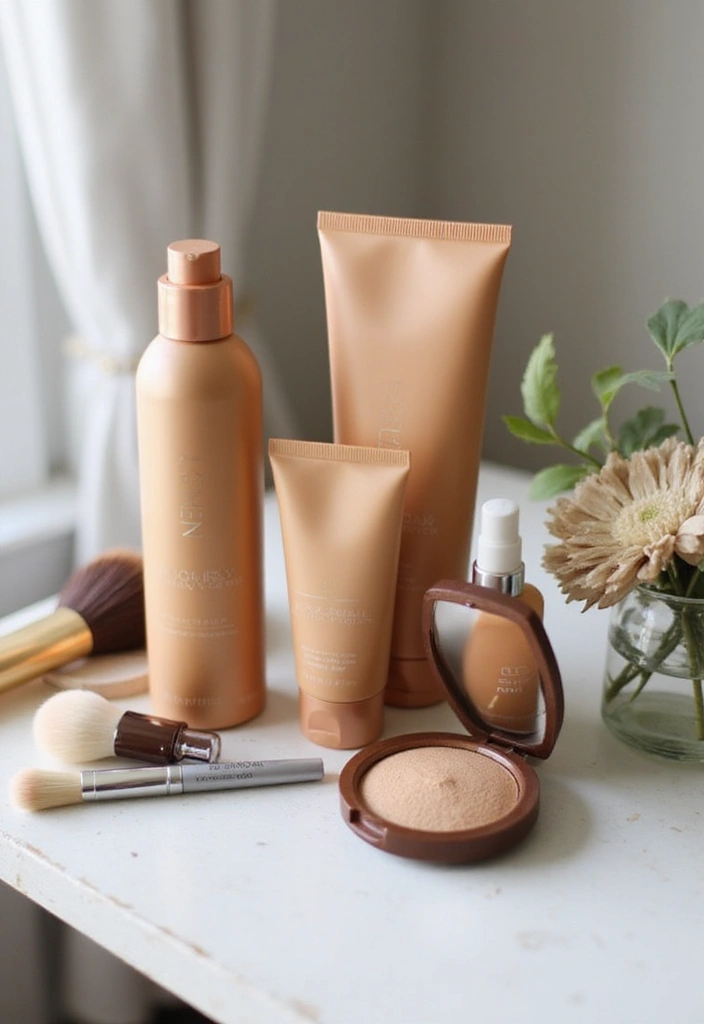
If you’re looking for ways to achieve that sun-kissed, healthy glow without relying too heavily on sunlight, there are plenty of alternatives to consider. Here are some methods to boost your radiance:
– **Self-Tanners**: A great way to create a tan without the sun, self-tanners come in lotions, sprays, and wipes for easy application. For a natural and streak-free finish, you might try the Beauty by Earth Self Tanner. Made with natural and organic ingredients, this moisturizing self-tanning lotion includes aloe vera and coconut to help achieve a medium to dark glow.
– **Bronzers**: For a temporary glow, consider using bronzers that give a subtle tint to your skin. The Rimmel London Natural Bronzer in the shade Sun Bronze is an excellent choice with its matte finish, providing a beautiful bronzed look without the shine.
– **Highlighters**: Adding highlighter to your cheekbones can enhance your skin’s natural glow. The Wet n Wild MegaGlo Blushlighter is a blendable blush and highlighter set that offers a shimmery metallic finish, perfect for highlighting your features and achieving that radiant look.
– **Regular Exfoliation**: Don’t forget to regularly exfoliate to remove dead skin cells, giving you a brighter appearance.
By combining these methods, including the use of products like self-tanners, bronzers, and highlighters, you can keep your skin looking fresh and vibrant, regardless of your level of sun exposure.
Achieving that sun-kissed glow indoors is totally possible! With self-tanners, bronzers, and highlighters, you can radiate confidence without the sun’s harmful rays. Embrace your inner glow today!
The Bottom Line: Embrace Indoor Sunlight Wisely
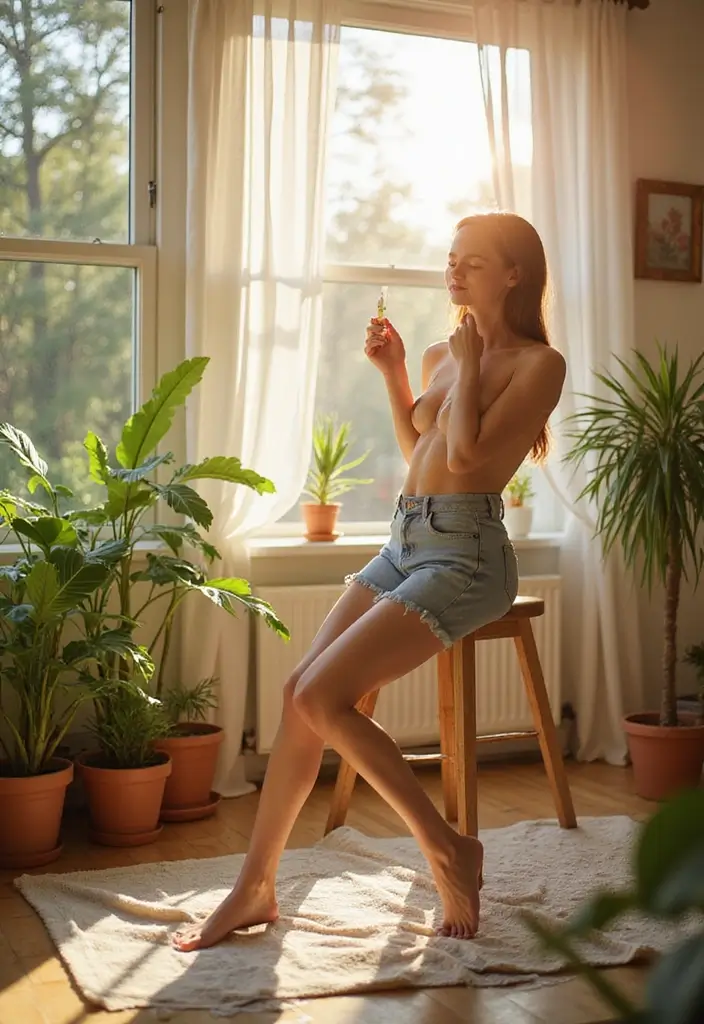
Embracing indoor sunlight can be a lovely way to enjoy the warmth and beauty of the sun without the risks associated with prolonged outdoor exposure. However, understanding the limitations of tanning through a window is essential for maintaining skin health. Regular sunscreen application, a solid skincare routine, and being mindful of time spent in direct sunlight can help combat any potential damage.
Indoor sunlight can indeed uplift your mood and make your space feel more vibrant, but it’s important to balance that with skin protection. Be smart about how you use indoor sunlight, and your skin will thank you for it in the long run.
Note: We aim to provide accurate product links, but some may occasionally expire or become unavailable. If this happens, please search directly on Amazon for the product or a suitable alternative.
This post contains Amazon affiliate links, meaning I may earn a small commission if you purchase through my links, at no extra cost to you.

